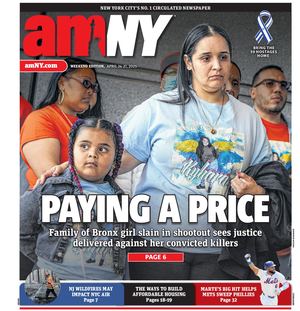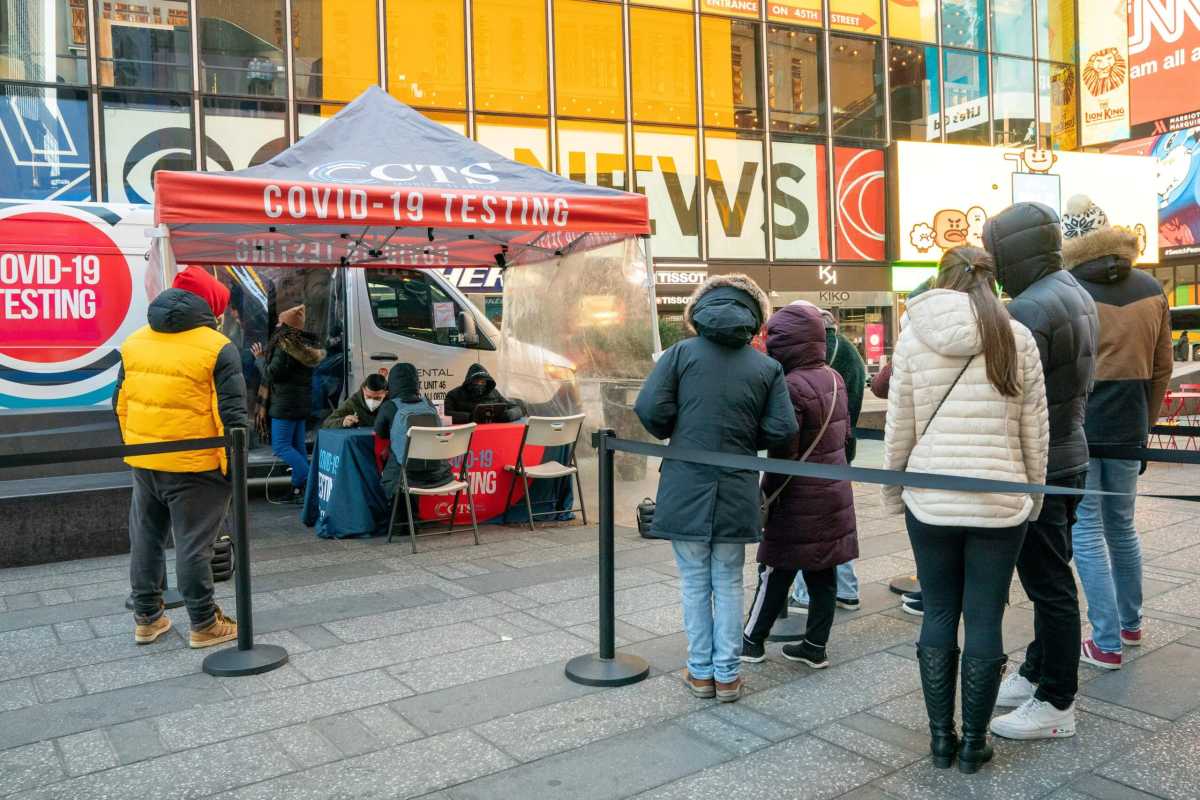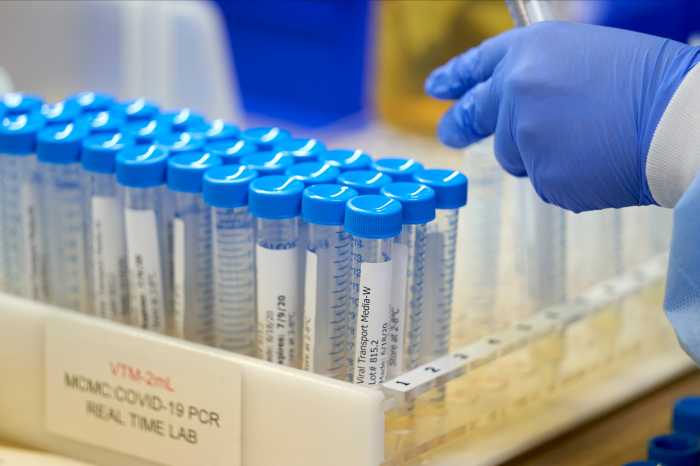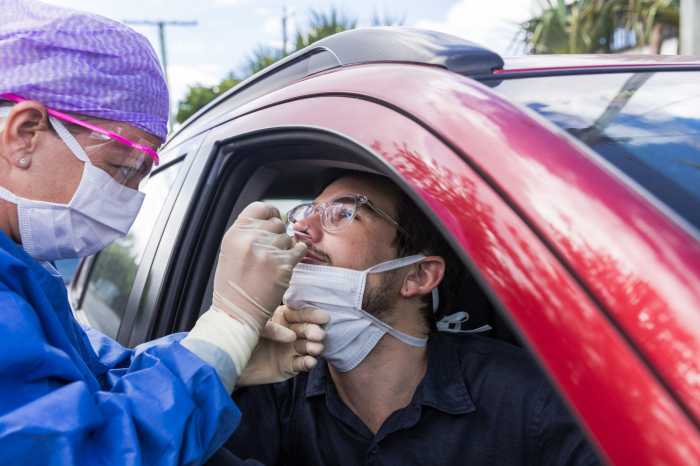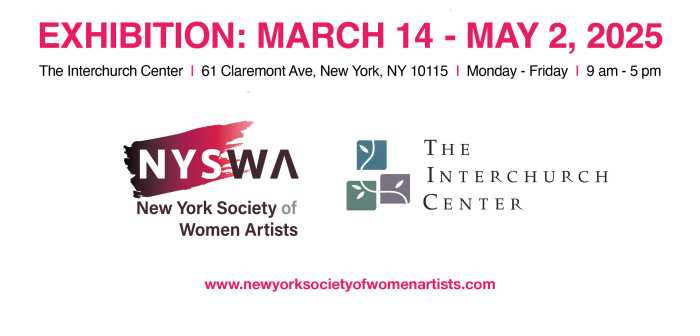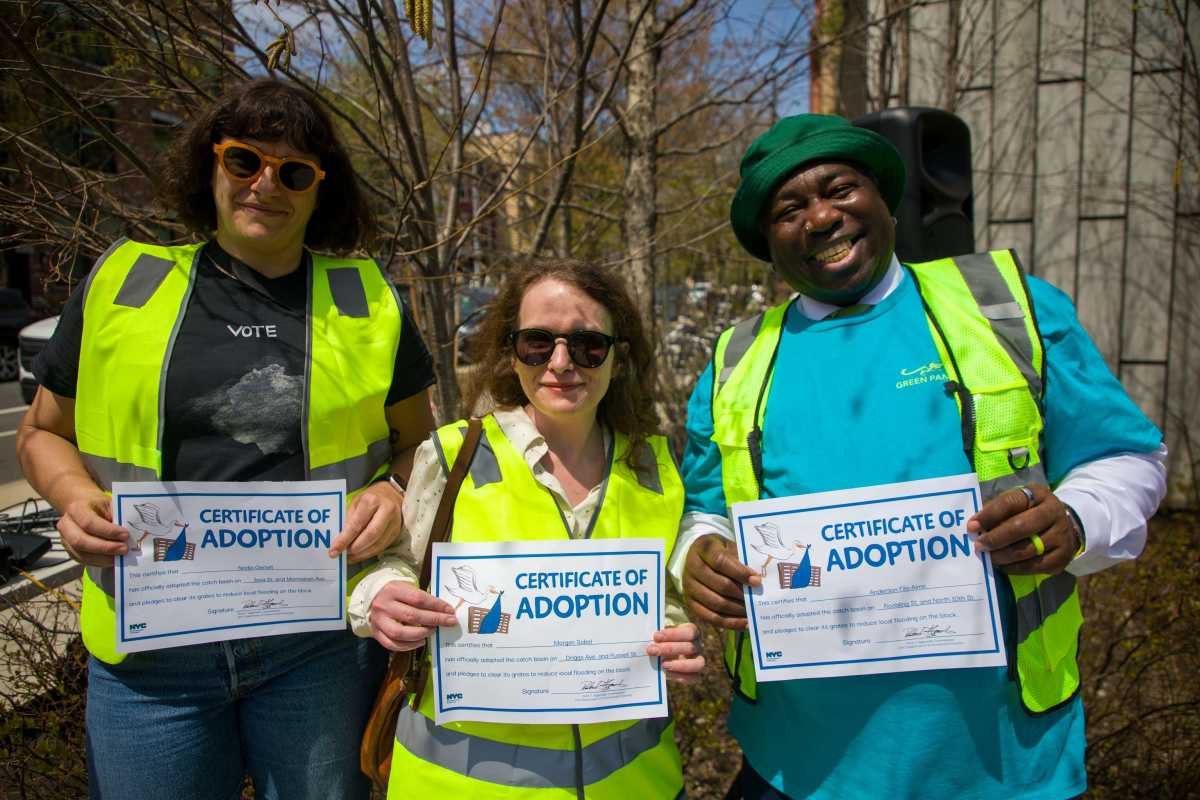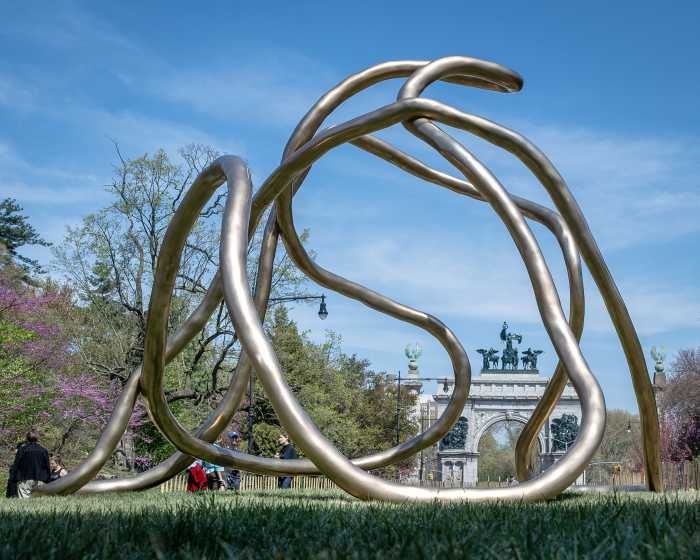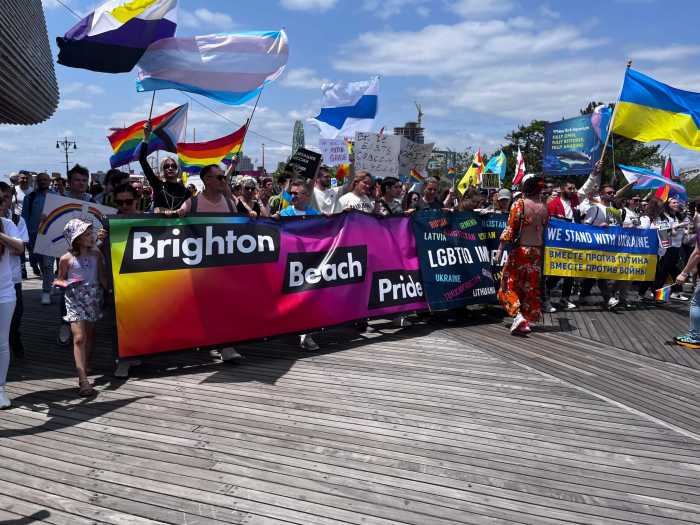The previous projections that Governor Kathy Hochul and health experts made about the current COVID-19 crisis appear to be coming true: the Omicron-fueled surge in cases in New York is starting to ebb as sharply as it rose around Christmas time.
The latest data from the New York City Health Department still shows “very high transmission” of COVID-19 across the city, with thousands of new cases being detected each day. But the number of infections and hospitalizations related to COVID-19 are begin to decrease, signaling that the Five Boroughs are moving past the peak of the pandemic’s biggest wave.
Progress could be seen in the 7-day positivity rates across the Five boroughs. Fifty-two areas reported 30% or higher COVID-19 positivity between Jan. 5-11, but no areas of the city has rates exceeding 40%. But during the previous week, Dec. 29, 2021-Jan. 4, 2022, the city had 23 areas of the city with 40% or higher positivity rates.
The citywide 7-day positivity rate, as of Jan. 14, was 27.65%, down from 32.59% on Jan. 4.
The Bronx, which had been slammed hard by Omicron over the past two weeks, is also seeing improvement. Between Dec. 29-Jan. 4, 15 of the 23 NYC areas with 40% or higher were located int he Bronx, but by contrast, just one Bronx community — Hunts Point (10474) ranked among the 15 New York City areas with the highest 7-day positivity rates between Jan. 5-11.
Hunts Point reported a 33.94% positivity rate during the period, with 188 new cases. That’s down from the 45.38% positivity rate and 226 cases detected between Dec. 29-Jan. 4.
Instead, Queens now dominates the list of the 15 New York City areas with the highest 7-day positivity rates between Jan. 5-11. Richmond Hill/South Ozone Park (11419) and Arverne/Broad Channel (11693) were tied for the highest positivity rate in the city, at 37.29%; Richmond Hill/South Ozone Park had 899 new cases, while Arverne/Broad Channel had 242.
Nine other Queens communities were on the top 15 list.
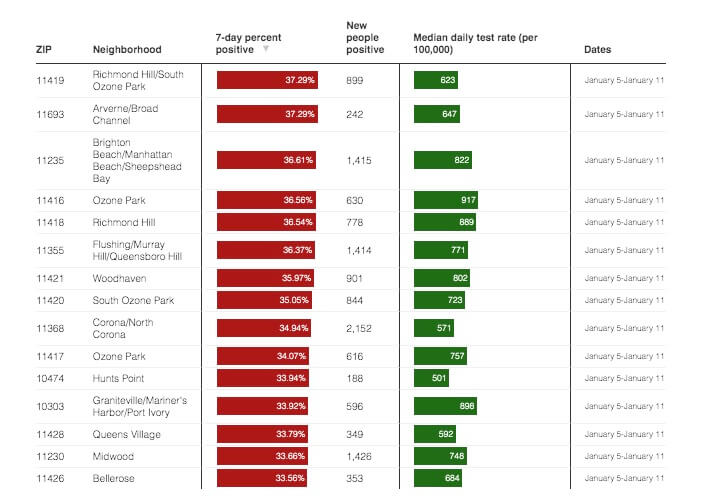
As for most new COVID-19 cases, just three communities logged more than 2,000 new infections between Jan. 5-11, down from the eight recorded the previous week.
Sunset Park, Brooklyn (11220) had the most new infections with 2,209, good for a 32.42% positivity rate. Two other Queens communities were close behind: Corona/North Corona (11368, 2,152 new cases, 34.94% positivity rate) and Elmhurst (11373, 2,098 new cases, 32.32% positivity rate).
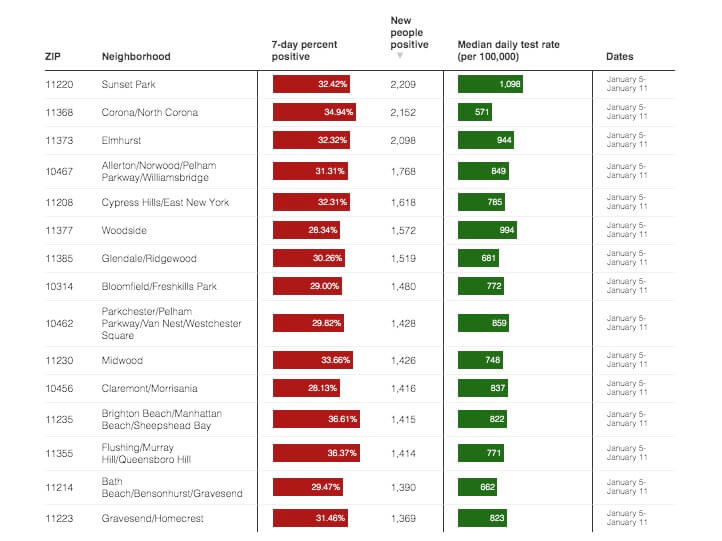
Another encouraging sign is the plummeting citywide transmission rate, which tracks the spread of the virus citywide. It remains very high, at 1,974.72 cases per 100,000 people, as of Jan. 11, but that’s way down from transmission rate reported three days earlier, which was 3,098.35 on Jan. 8.
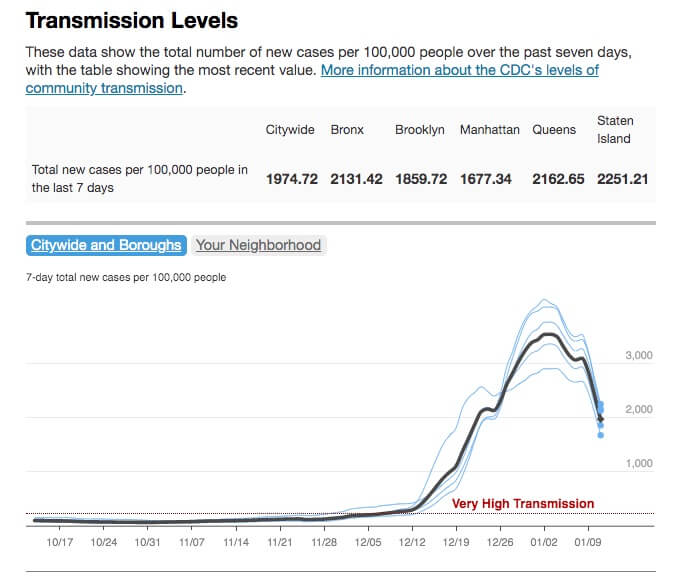
You can see an almost identical drop during the same period in terms of citywide COVID-19 new cases and hospitalizations.
The number of new COVID-19 cases fell from 36,901 on Jan. 8 to 23,518 on Jan. 11, while the 7-day hospitalization rate plummeted from 939 on Jan. 8 to just 597 on Jan. 11.
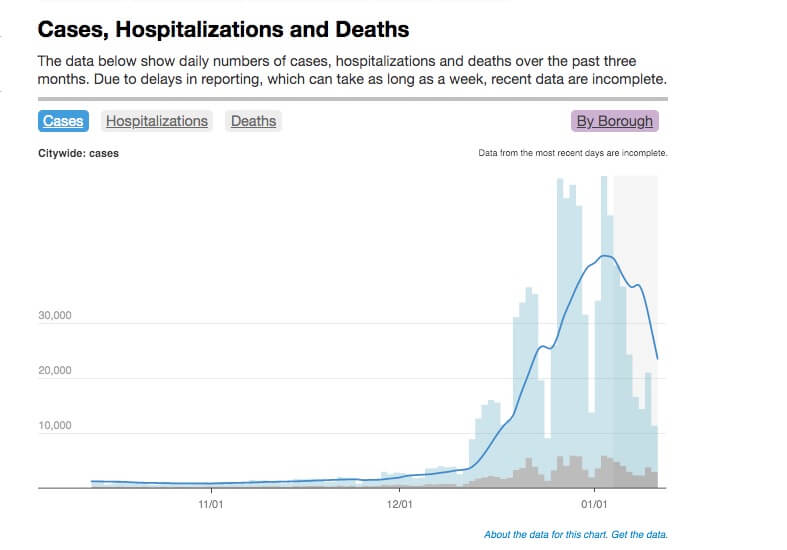
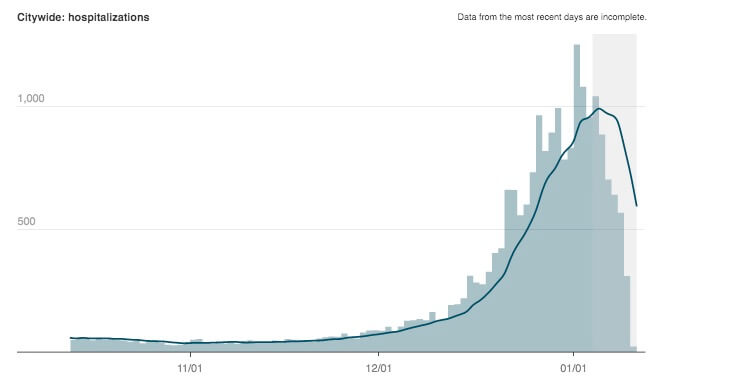
The only rate that has yet to fall is the death rate, which is continuing to increase as a result of long-term, more serious COVID-19 infections reported in recent days. The 7-day death average, as of Jan. 14, was 73.
Again, unvaccinated New Yorkers remain at a much higher risk of infection, hospitalization and death from COVID-19. As of Dec. 28, 2021, the Health Department reported, unvaccinated New Yorkers were four times as likely to get COVID-19, eight times as likely to be hospitalized from the illness, and nine times as likely to die of the virus than vaccinated people.
The Omicron surge, along with new vaccine mandates that took effect in the final days of the de Blasio Administration, has convinced more New Yorkers to get booster shots. As of Jan. 13, 2,435,536 people have received boosters, representing close to 40% of the city’s 6,132,112 fully vaccinated residents. In all, 74% of the city’s residents are fully vaccinated.
